![]()
![]()
![]()
Use LEFT and RIGHT arrow keys to navigate between flashcards;
Use UP and DOWN arrow keys to flip the card;
H to show hint;
A reads text to speech;
8 Cards in this Set
- Front
- Back
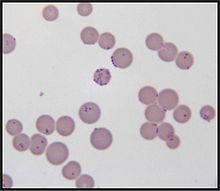
|
Mycoplasma haemofelis Formally known as Haemobartonella felis. One of the most common feline blood parasites spread via fleas. Appear coccoid, rod-shaped, or ring like on the edge of the cell (Diff-Quick). Causes hemolytic anemia (FIA). |
|
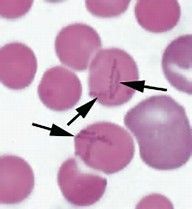
|
Mycoplasma haemocanis Formally known as Haemobartonella canis. Rare. Appears most commonly as a chain of small cocci or rods that stretch across the surface of the RBC. |
|
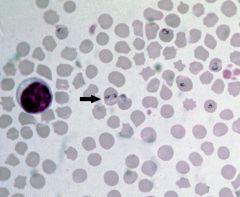
|
Babesia bovis Carried by ticks. Tear drop shape (usually in pairs) on RBCs in the feathered edge of a blood smear. Produces hemolytic anemia. |
|
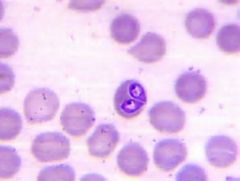
|
Babesia canis Carried by ticks. Tear drop shape (usually in pairs) on RBCs in the feathered edge of a blood smear. Produces hemolytic anemia. |
|

|
Anaplasma marginale Tick borne. Causes anaplasmosis in ruminants/cattle. Appears as a small dark-staining cocci on RBC. Can be confused with Howell-Jolly bodies |
|
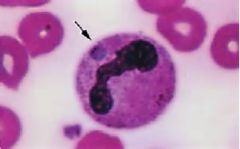
|
Ehrlichia canis Transmitted by brown dog ticks. Appear as morulae (small cluster) in the cytoplasm of monocytes and neutrophils. |
|
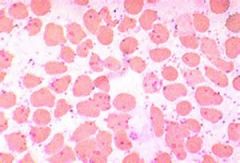
|
Eperythrozoa Found in swine, cattle, and llamas. May be free in the plasma. |
|

|
Cytauxzoon felisRare cause of hemolytic anemia in cats. Irregular ring found in RBCs, lymphocytes, and macrophages.
|

